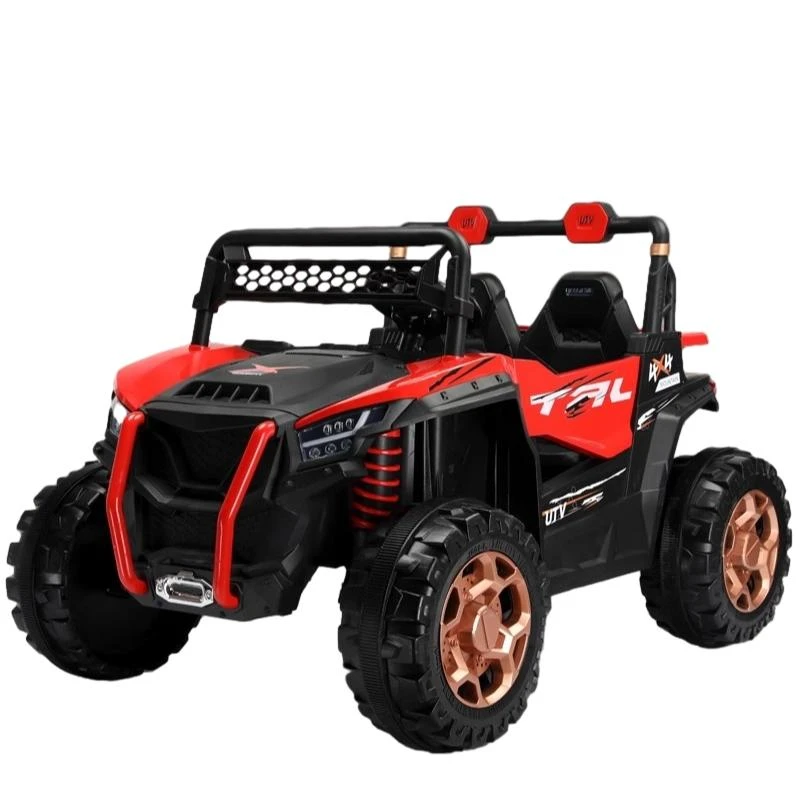riding electric scooter in snow
Riding Electric Scooters in Snow A Beginner's Guide
As winter sets in and snow blankets the streets, many people are left wondering how to navigate their urban environments. One increasingly popular option is the electric scooter. While they typically shine in warm, sunny weather, riding electric scooters in snow presents its own set of challenges and considerations. Here’s a comprehensive guide to help you ride safely and efficiently in snowy conditions.
The Challenges of Riding Electric Scooters in Snow
1. Traction Issues Snow and ice can make the ground slippery, resulting in poor traction for electric scooters. Standard scooter tires are not designed for winter conditions, and riding on packed snow or slush can lead to skidding or losing control.
2. Battery Performance Cold temperatures negatively impact battery life and performance. Electric scooters may experience diminished range and power, which could leave you stranded if you're not careful about your battery management.
3. Visibility Snowy weather often comes with decreased visibility, whether it's due to falling snow or shorter daylight hours. Riders need to ensure they can be seen by others and can see their path clearly.
4. Braking Braking can also be trickier in snowy conditions. The reduced friction means you should allow more distance for stopping, and you should be especially cautious about applying the brakes too quickly, which could cause you to slide.
Tips for Riding Electric Scooters in Snow
1. Choose the Right Scooter If you frequently ride in snowy conditions, consider investing in an electric scooter designed for winter use. Look for models with wider tires, better grip, and enhanced durability against harsh weather conditions.
riding electric scooter in snow

2. Check Battery Levels Before heading out, make sure your scooter's battery is fully charged. Be aware that colder temperatures can drain your battery faster than usual, so plan your rides accordingly.
3. Dress Appropriately Wear warm, waterproof clothing and be sure to protect your hands and feet with gloves and boots. Visibility is also important, so consider wearing reflective gear to make you more visible in low-light conditions.
4. Adjust Your Riding Style Slow down, maintain a controlled speed, and be gentle with your throttle and brakes. Avoid sudden movements or sharp turns, as these can lead to losing control. Practice riding in a safe, open area before venturing into busier streets.
5. Be Mindful of Route Choices Stick to well-plowed routes whenever possible. Avoid riding on icy patches or unplowed roads, as these can be particularly hazardous. Plan your routes ahead of time, and consider alternatives that prioritize safety.
6. Maintain Your Scooter Regular maintenance is crucial during winter months. Check your tires for wear and tear, ensure that the brakes are functioning properly, and clean off any snow or ice that builds up on your scooter to prevent freezing or mechanical issues.
7. Know When to Walk Sometimes, conditions can be so severe that it’s safer to walk your scooter rather than ride it. If the snow is too deep or the road conditions are questionable, it may be best to take a cautious approach and walk alongside your scooter.
Conclusion
Riding electric scooters in snow can be an enjoyable way to navigate winter streets, but it requires a different approach compared to riding in fair weather. By investing in the right equipment, dressing appropriately, adjusting your riding style, and being mindful of your surroundings, you can safely and effectively use your electric scooter even when the snow is falling. Embrace the challenge, stay safe, and enjoy the unique experience of winter riding!
-
Understanding Voltage in Battery for Children's Motorized CarNewsJun.05,2025
-
Safety Features to Look for in an Electric Car for KidsNewsJun.05,2025
-
How to Teach Your Child to Ride a Kids MotorcycleNewsJun.05,2025
-
How to Prevent Falls on a Balanced ScooterNewsJun.05,2025
-
How to Maintain Your 3 Wheeled Scooter for LongevityNewsJun.05,2025
-
Best Motorcycle Scooters for Urban CommutingNewsJun.05,2025
